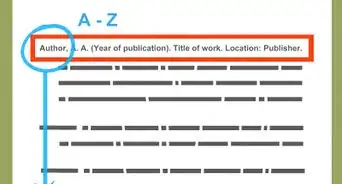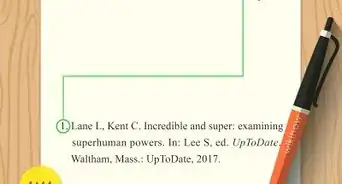This article was co-authored by Diane Stubbs. Diane Stubbs is a Secondary English Teacher with over 22 years of experience teaching all high school grade levels and AP courses. She specializes in secondary education, classroom management, and educational technology. Diane earned a Bachelor of Arts in English from the University of Delaware and a Master of Education from Wesley College.
There are 7 references cited in this article, which can be found at the bottom of the page.
This article has been viewed 70,702 times.
Once you finish writing a paper, you'll also have to create a reference page that lists all of your sources, whether they are from books, journals, interviews or websites. This page makes it easy for your readers to find the documents you used to write your paper.
Steps
During the Research and Writing Process
-
1Take note of every source you use during the research process. When you are reading and writing notes, take down all relevant information about the source.
- For books, this includes the author, the title of the book, the editors (if it has named editors), the name of the essay plus the page numbers of the essays, the publishing company, the place of publication, the date of publication, and where you found the book (more for your own purposes).
- If you are using a journal article, you'll need the author's name, the name of the article, the name of the journal, the volume and issue number, the date of publication, the page numbers of the article, and likely the DOI (digital object identifier—a number like an ISBN for books) and/or the database or website you found the article.
-
2Keep the notes on your sources organized. When taking notes, make sure you mark down which source the information came from. Also, try to keep all of your reference page materials in the same place, as this will save you significant time when writing your reference page.
- One helpful way of keeping track of your sources is to write source cards. These are small note cards that contain all of the relevant information on a particular source.
- Source cards are a neat and convenient way of organizing your sources - you can store all of your source cards in a small box or folder, in alphabetical order.
Advertisement -
3Track which sources you actually use. Typically, you will only include the resources you actually cited or paraphrased in your paper on your reference page.[1] Therefore it's important to make a note of which references you actually cite within your paper and which references you merely use for background reading.
- However, in some instances, you may also need to reference sources that were beneficial to your argument, but that you didn't end up citing in the paper. These sources shouldn't be listed on the reference page itself, but on a separate page, such as the Modern Language Association's "Work Consulted" page.
- It is more common to use only a "Works Cited" page, therefore you should only include a "Works Consulted"page if your teacher or professor requests it.
Writing the Reference Page
-
1Place your reference page at the end of your paper. Your reference page comes at the end of your paper, usually before any appendices or glossaries. Place the reference page on a new page directly after the end of your paper.[2]
-
2Format each reference according to the appropriate style guide. Begin inputting your resources according to the standard required by your school.[3]
- For instance, you may be required to use American Psychological Association style (APA), the Modern Language Association's guidelines (MLA), Chicago style, or American Sociological Association style (ASA).
- You'll find examples of each of these styles in the section below. Each will have you create slightly different references, though you will use the same basic information.
-
3Alphabetize your reference page by the authors' last names.[4] Once you have typed up all of the references, organize them according to the authors' last names. If a source doesn't have an author, use the first part of the title to alphabetize it.
- When you have multiple works by the same author, you can also use the title to decide which reference comes first in an alphabetized list.
-
4Make sure to include every resource you used in your paper. A reference page is a compilation of all of your cited sources. Forgetting to provide a reference for a source you cited in your paper could leave you open to charges of plagiarism, even if it was accidental.
Formatting the Reference Page
-
1Use the correct spacing and indentation. After you have written your reference page, you'll need to revise it to ensure the formatting is correct. Two basic formatting considerations are as follows:
- Double-space your reference page just as you double-spaced the rest of your paper.
- Use hanging indention. Hanging indentation is when the first line of each reference is all the way over to the left, while any subsequent lines are indented.
-
2Learn how to reference books according to the appropriate style guide.[5] In the following examples, "Georgina Roberts" is the author, and "Eating Pie for Dinner" is the title of the book. The publisher is Great Books for Eating, located in Waco, Texas. The date of publication is 2002. "Print" is the medium of publication.
- MLA: Roberts, Georgina. Eating Pie for Dinner. Waco: Great Books for Eating, 2002. Print.
- APA: Roberts, G. (2002). Eating pie for dinner. Waco, Texas: Great Books for Eating.
- Chicago: Roberts, Georgina. Eating Pie for Dinner. Waco, Texas: Great Books for Eating, 2002.
- ASA: Roberts, Georgina. 2002. Eating Pie for Dinner. Waco, TX: Great Books for Eating.
- Note that the two styles used most often in the sciences, APA and ASA, both place higher value on the date, pushing it closer to the beginning of the reference. Chicago and MLA are used more often in the humanities, so the date is not quite as important in those styles.
-
3Learn how to reference journal articles according to the appropriate style guide. In the following examples, "Joy Thompson" is the author, and "Pie for Life" is the name of the article, which was published in the journal "Bakers Anonymous." The volume and issue number are 8 and 2, respectively. It was published in 2005, and the page numbers for the article are 35-43. The medium of publication is "web." The digital object identifier (DOI) is 102342343. It was accessed on the February 2, 2007.
- MLA: Thompson, Joy. "Pie for Life." Bakers Anonymous 8.2 (2005): 35-43. Web. 2 Feb. 2007.
- APA: Thompson, J. (2005). Pie for life. Bakers Anonymous, 8(2), 35-43. doi:102342343
- Chicago: Thompson, Joy. "Pie for Life." Bakers Anonymous 8, no. 2 (2005): 35-43. Accessed February 2, 2007. Doi: 102342343.
- ASA: Thompson, Joy. 2005. "Pie for Life." Bakers Anonymous 8 (2):35-43.
-
4Use other resources to learn how to format more complicated sources. If you are curious about how to make more complicated references in each style, Purdue's Online Writing Lab (OWL) is a good resource for figuring out style guidelines. It provides examples of each style, as well as information on how to cite different types of sources.[6]
- If you want to go to the original sources, check out The Chicago Manual of Style, The MLA Handbook for Writers of Research Papers, the Publication Manual of the American Psychological Association, or American Sociological Association (ASA) Style Guide.
Community Q&A
-
QuestionHow can I write a reference page in reasearch planning and scientific writing?
 Community AnswerFollow the instructions listed in the article above.
Community AnswerFollow the instructions listed in the article above.
References
- ↑ https://penandthepad.com/reference-research-paper-2701.html
- ↑ http://nob.cs.ucdavis.edu/classes/ecs015-2007-02/paper/citations.html
- ↑ https://html.com/resources/citation-guide/
- ↑ https://penandthepad.com/reference-research-paper-2701.html
- ↑ https://html.com/resources/citation-guide/
- ↑ https://owl.purdue.edu/owl/research_and_citation/resources.html
- https://owl.english.purdue.edu/owl/resource/747/05/
- https://owl.english.purdue.edu/owl/resource/560/05/
- https://owl.english.purdue.edu/owl/resource/717/02/







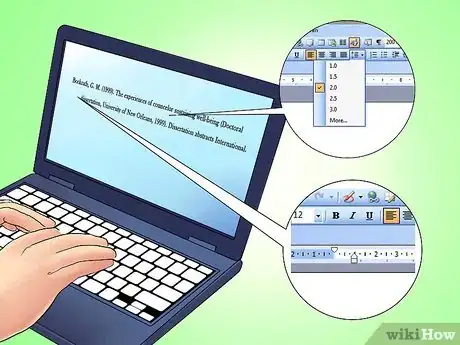









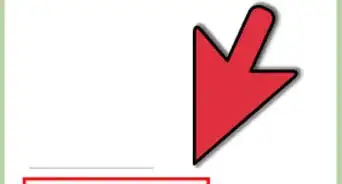
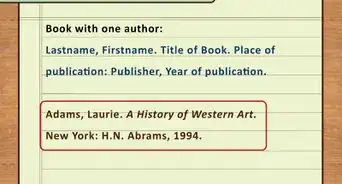

-Step-18.webp)

